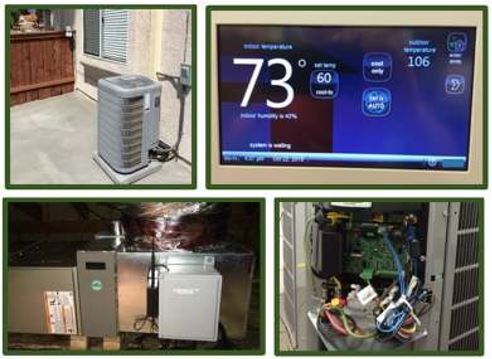Project Info
COMPLETE
 Project Title
Project Title
 Project Title
Project Title
Variable Capacity Space Conditioning Systems for Residential Customers
Project Number ET13SCE1220 Organization SCE End-use HVAC Sector Residential Project Year(s) 2013 - 2016Description
The purpose of this project is to evaluate efficiency/performance of residential variable capacity heat pump (VCHP) systems. These are "traditional American-style" high static ducted systems. There will be one to two systems from three to five manufacturers.
Project Report Document
Loading PDF Preview...
